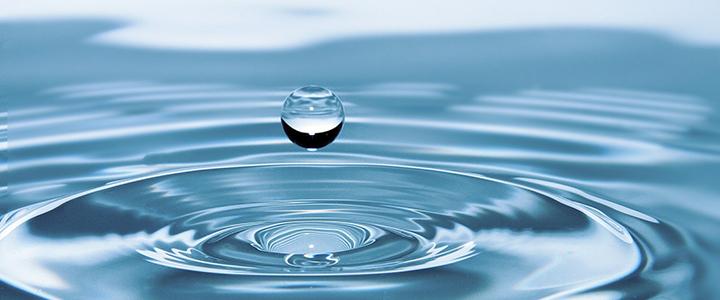
March 2021: Learning About the Water Cycle: Just Add Humans
March was a month dedicated to the most important resource in our daily lives: Water. We celebrated Fix a Leak Week, an effort to help homeowners save water and money. On March 22, we celebrated World Water Day. And the New Hampshire Drinking Water Coalition launched its annual Drinking Water Festival (virtually, for the first time).
What all of these initiatives, and others, have in common is the effort to promote “Water Literacy.” There is no one definition of Water Literacy, but the gist is something like this: understanding the basics of water, and being “empowered, skilled and motivated to take action to ensure a sustainable water future,” according to the Scholarly Community Encyclopedia. The emphasis is on knowing where the water comes from and how it can be protected.
The water cycle is something that is taught in elementary school – condensation, precipitation, runoff into groundwater/surface water, evaporation, repeat. In other words, water is found in the atmosphere, on the surface and underground. The water cycle is central to all life on Earth and connects Earth systems.
But that’s the natural, uninhibited water cycle. To get the whole picture, you have to add people and the things people do – what is called the “human water cycle.” People manage water in many ways and for many different purposes. When people manage and use water, it changes the water cycle. We manage water for energy production; agriculture (both crops and animals); manufacture and transportation of goods (everything we make uses water at some point in its production); recreation; drinking water; and wastewater management. We dam rivers and lakes for recreation and to make electricity (energy production). We divert the direction of rivers to irrigate crops and water our lawns (agriculture). We pump it out of the ground to drink, to cook with and for showers.
Imagine your life without any one of these services and you begin to see how important the human water cycle is. We take water from one location and move it to another. Our capture, management, use and disposal of water are all parts of the human water cycle. Think about your home. Where does that water come from? How does it reach your faucet? How do you know it is safe to drink? When you wash out a paint brush or flush the toilet, where does that water go? What happens to the water after it leaves your home?
Once you are fully aware of that cycle, you can see that there are many things we can all do, individuals, communities, businesses and governments, to keep water clean and to use water wisely. We’ve curated a list of actions you can take below. Not only are these actions you can easily implement in your life, but they will help build an awareness of how water impacts your life and how you impact water quality.
- Don’t flush your wipes.
- Clean your laundry habits.
- Fix water leaks.
- Curb your water use.
- Build a rain garden.
- Consider a natural lawn (xeriscaping).
- Protect your tap.
These are good places to start, but there is plenty more you can do and learn about. Here are some resources for further exploration:
- New Hampshire Drinking Water Festival.
- EPA WaterSense.
- UNESCO World Water Assessment Program.
- Project WET.
- Water Footprint Calculator.




